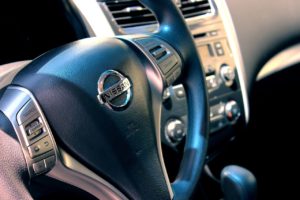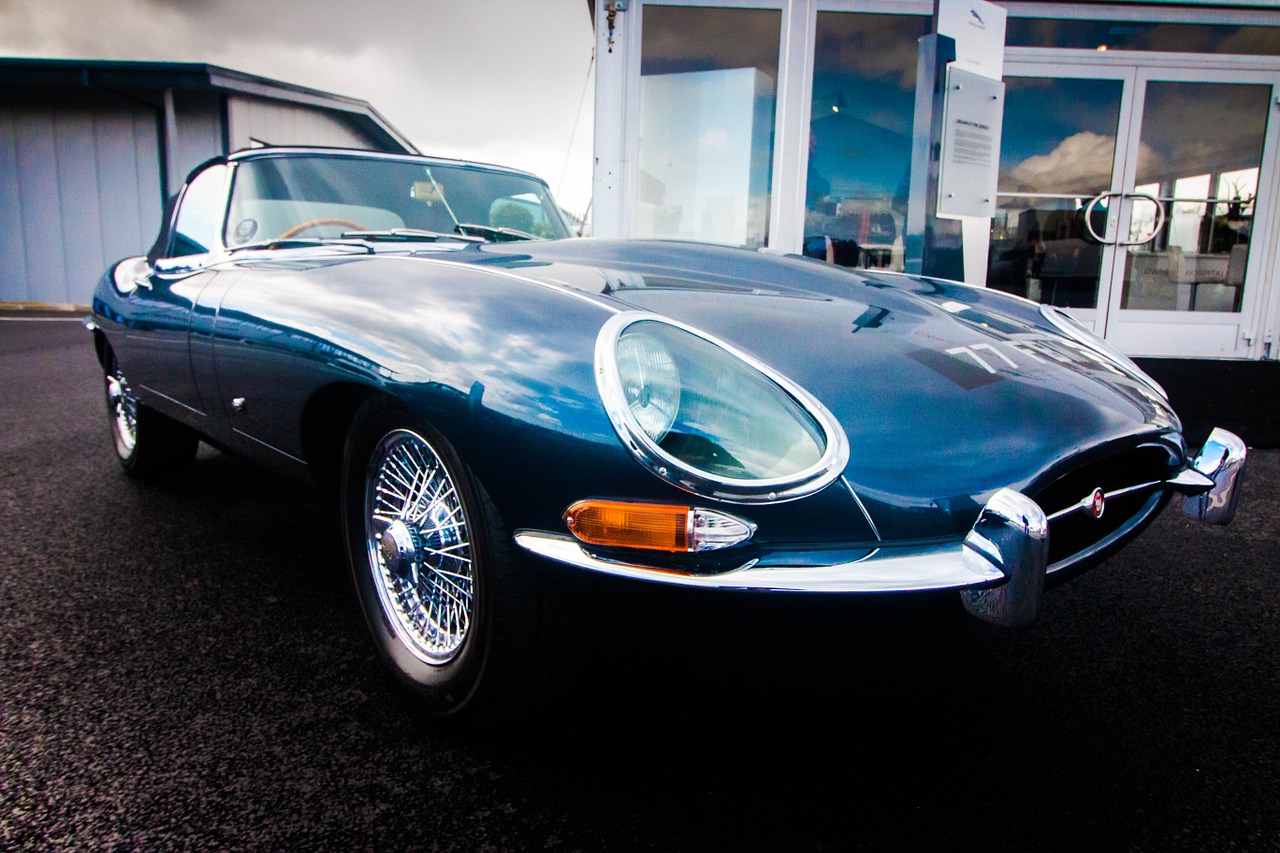Outside of a mortgage, the other monthly bill that most people face is the car payment. Few have the financial resources to pay cash for a new car, which means that they must rely on financing. The two primary methods of purchasing a new car include leasing and buying outright with a loan. Each of these methods has its own benefits and drawbacks, and the right decision depends on each person’s individual circumstances.
The Benefits of Leasing a Vehicle
 Some people choose to lease a vehicle because it allows them to afford a more expensive one, whereas a loan must cover the entire cost of the vehicle. However, a lease only costs the difference between the price of the vehicle now and its predicted value at the end of the leasing period. For example, if you took out a loan, it would have to cover the entirety of a $25,000 car, but a lease would be for only $10,000 if the predicted value of the car is $15,000 after three years (the typical term for a lease).
Some people choose to lease a vehicle because it allows them to afford a more expensive one, whereas a loan must cover the entire cost of the vehicle. However, a lease only costs the difference between the price of the vehicle now and its predicted value at the end of the leasing period. For example, if you took out a loan, it would have to cover the entirety of a $25,000 car, but a lease would be for only $10,000 if the predicted value of the car is $15,000 after three years (the typical term for a lease).
You may also want to consider a lease if you do not have much money saved for a down payment. While leases do require up to several thousand dollars up front, the down payment is negotiable. However, as with a loan, a smaller down payment ultimately means higher monthly payments.
The other major benefit of leasing is that lessees can get new cars every three years, allowing them to get the newest features on a continual basis. Also, three years is the typical length of bumper-to-bumper warranties, so you’d never have to worry about paying out of pocket for repairs (though maintenance is not usually covered). Furthermore, you would not need to worry about selling the car and can simply walk away after three years.
Why Leasing May Not be the Right Choice
Since the price of a lease is based on the predicted value of the car, lease agreements limit the number of miles that people can drive. Typical restrictions are 9,000, 12,000, or 15,000 miles per year. If you go over that amount, you will need to pay overage charges—which can be extremely expensive—at the end of the lease. Also, only those with good credit scores can qualify to lease a car, so some people may need to wait until they can build a better credit history.
A major drawback of leasing a vehicle is that you won’t be able to build equity. In a sense, you are simply renting a vehicle for a period of three years, so you will never get any money back from all the money you have put into the car. At the end of the lease period, you will need to either sign a new lease or finance the remaining cost of the vehicle.
Some people may be discouraged by the fact that they cannot make any major alterations to the vehicle. Before making any alterations, you should read the lease agreement carefully.
Reasons to Purchase a Car with a Loan
 Individuals who enjoy keeping a car for long periods of time will benefit more from a loan than a lease agreement. After the loan is paid off, they will own the vehicle outright. Additionally, each loan payment builds a small amount of equity in the vehicle. The idea of being free from car payments in the end encourages many people to take out a loan rather than lease. When the loan is paid off, buyers can allocate money for other purposes. The other major benefit of financing with a loan is the lack of mileage restrictions. People who drive a lot should probably buy outright.
Individuals who enjoy keeping a car for long periods of time will benefit more from a loan than a lease agreement. After the loan is paid off, they will own the vehicle outright. Additionally, each loan payment builds a small amount of equity in the vehicle. The idea of being free from car payments in the end encourages many people to take out a loan rather than lease. When the loan is paid off, buyers can allocate money for other purposes. The other major benefit of financing with a loan is the lack of mileage restrictions. People who drive a lot should probably buy outright.
The Downside of Purchasing a Vehicle Outright
Unfortunately, cars are not good investments, and it is very hard to predict resale value. Leases help predict the future upfront since everything is written in a contract, but you are rolling the dice with a loan. You can have negative equity if the car is worth less than the balance of the loan, for instance. However, this only affects you when you want to sell the car or trade it in for another vehicle. At this point, you will need to come up with the difference.
Some people may not be able to purchase a car because they do not have enough money for the down payment (which typically ranges from 10 percent to 20 percent). However, as with leases, down payments have become more negotiable in recent years, especially if you choose dealer financing options.
To get monthly payments to fit your budget, you may need to stretch out the loan for five or even seven years, which ultimately means that you will be paying more interest. In this case, it may make sense to lease the car and then finance the remaining cost of the vehicle down the road.

